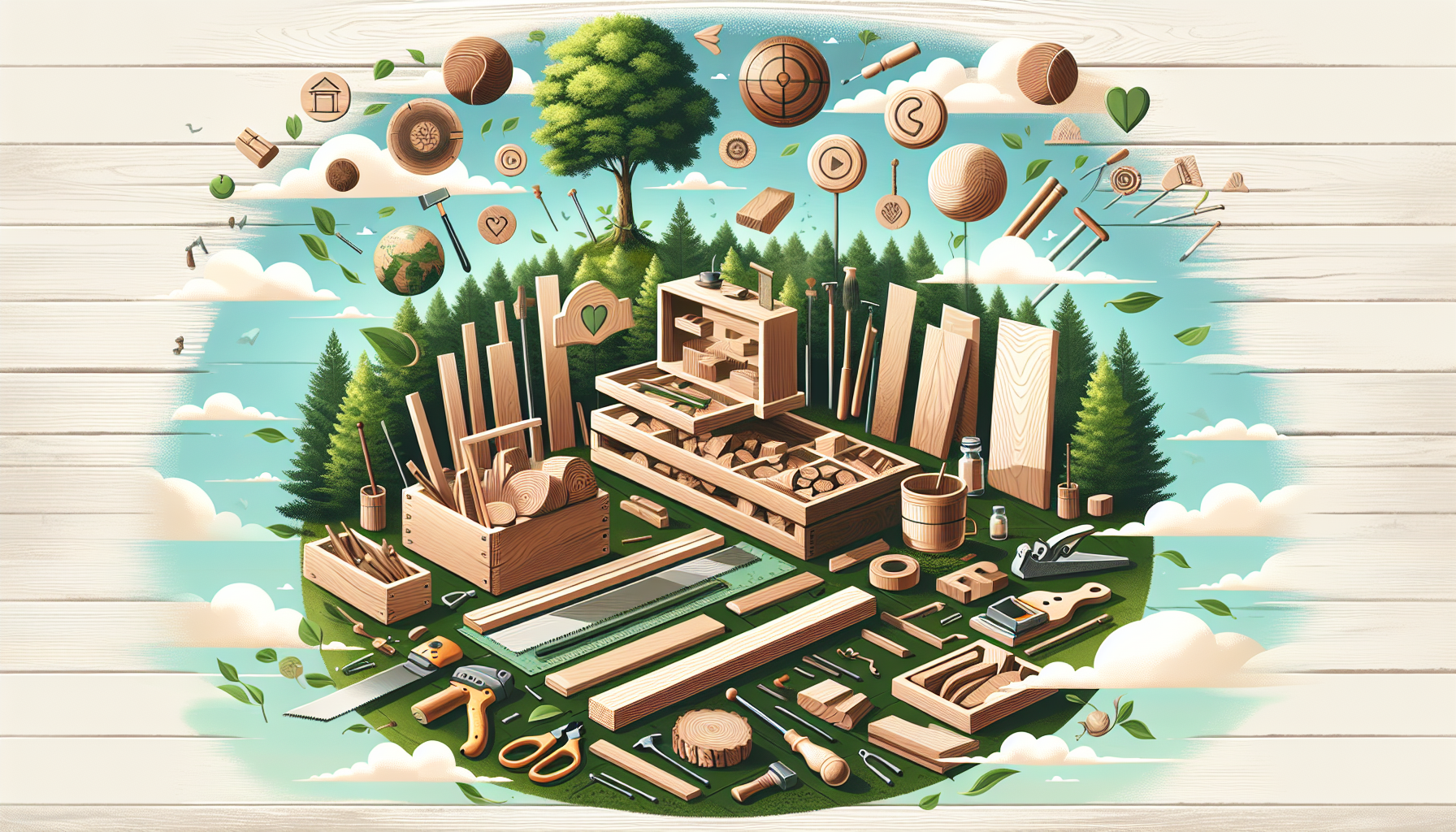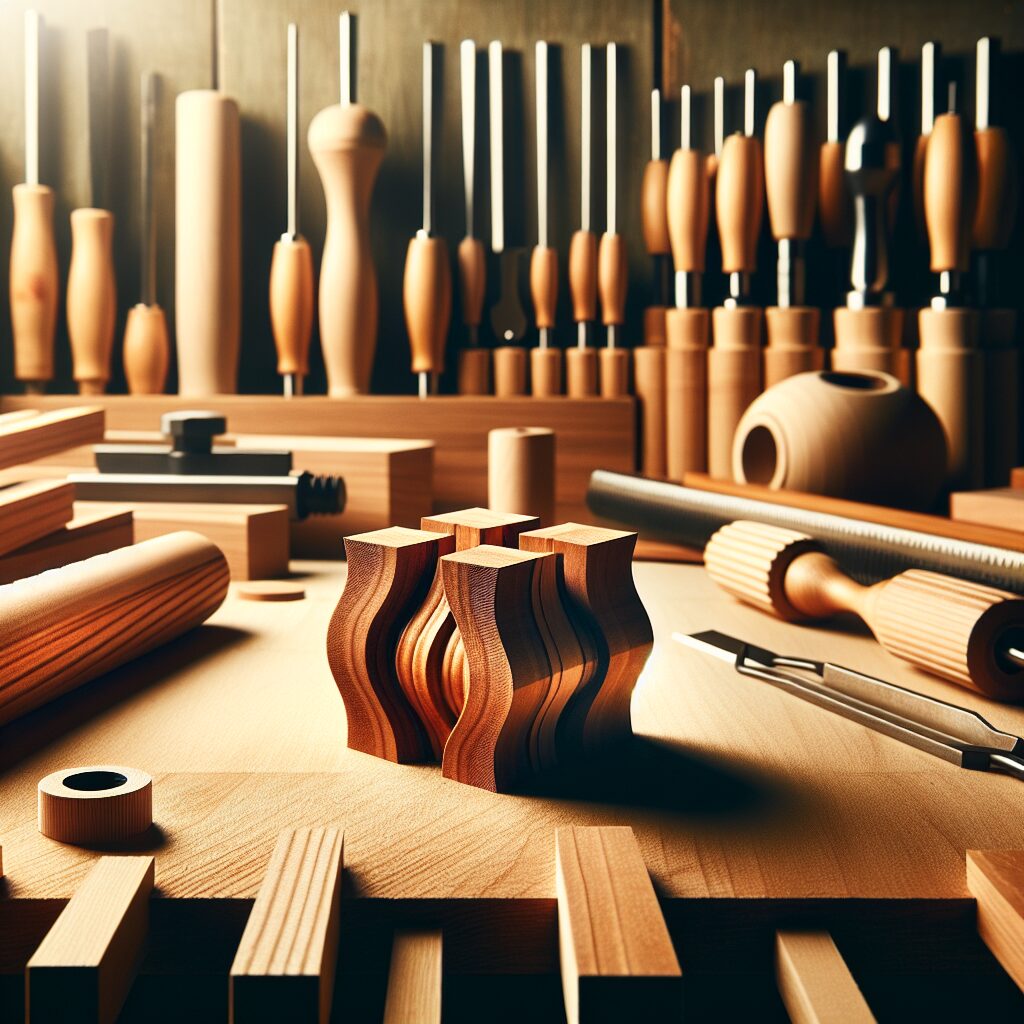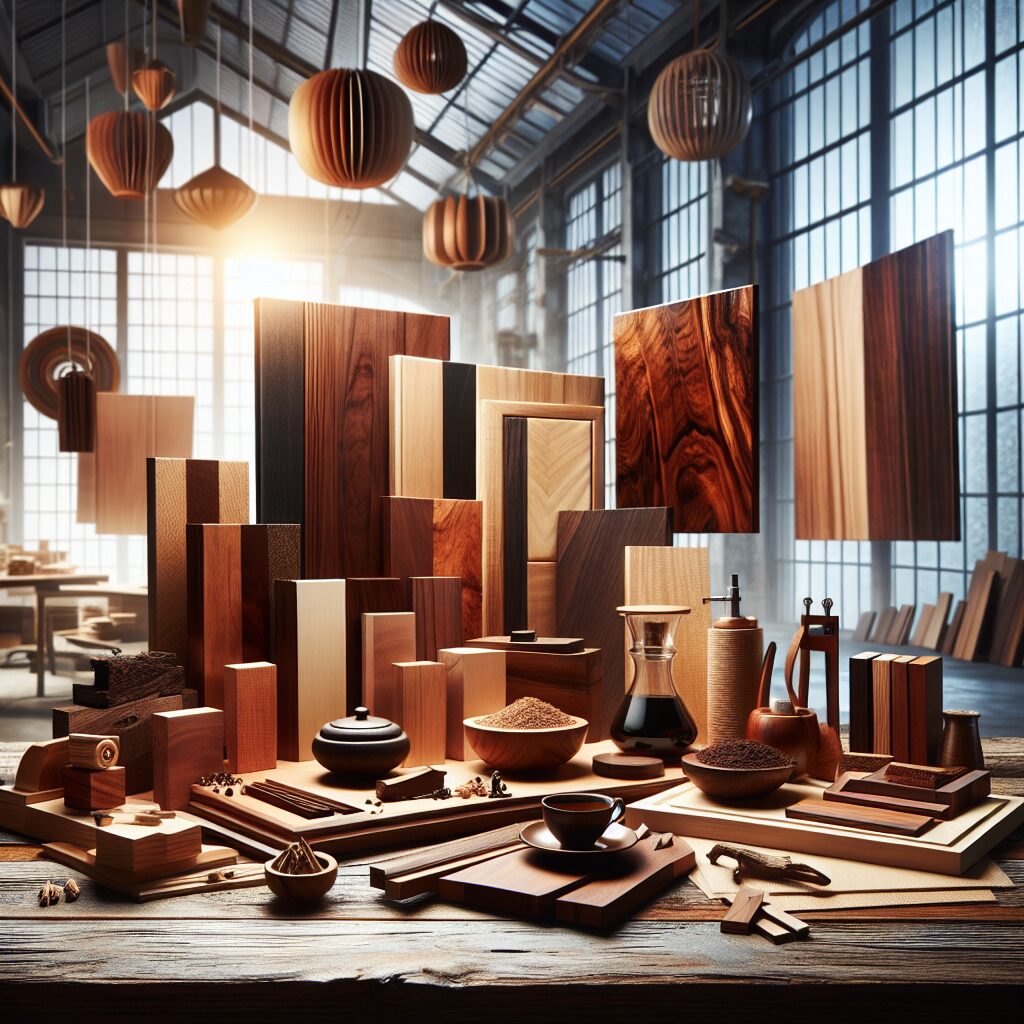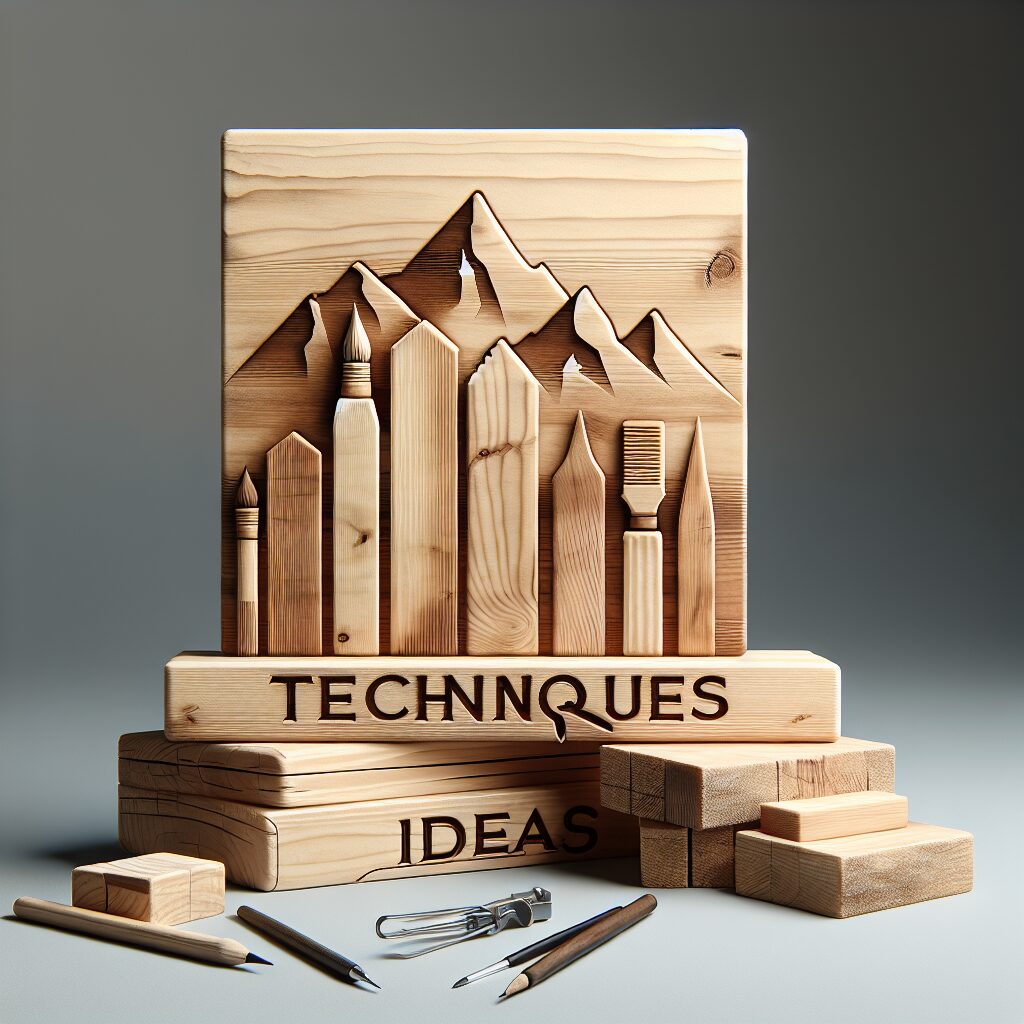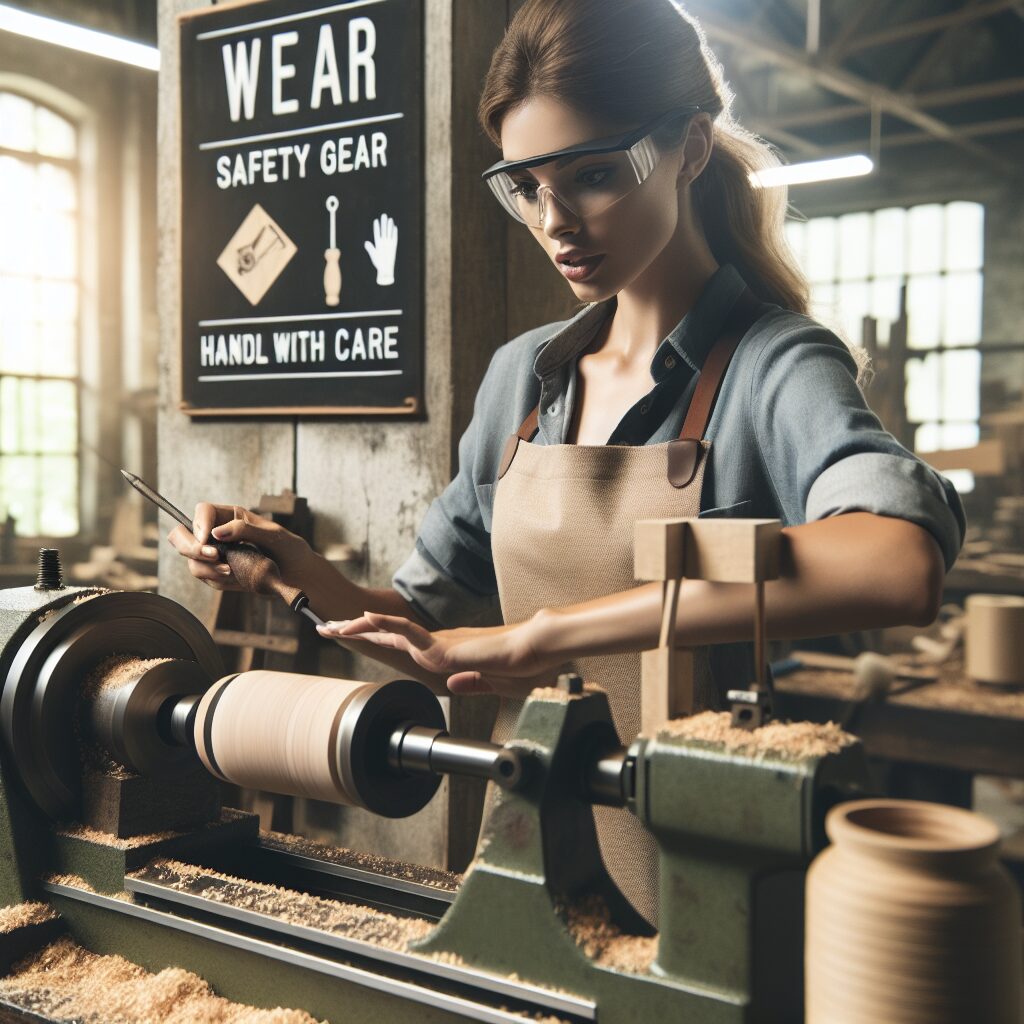People seek perfection and craftsmanship in everything, from cooking and fashion to the delicate art of woodworking. But in the wake of growing ecological concerns, there’s an unmistakable shift toward sustainable practices across industries. In the domain of woodworking, the tradition already reverberates with the ethos of sustainability, given its intrinsic reliance on nature’s bounty. This piece will shine a light on the emerging trends raising the bar for responsible woodworking while retaining the craft’s timeless charm.
Sustainable Choices in Woodworking Materials
For centuries, woodworkers have celebrated the raw, natural beauty of different types of timber. But as we stand on the brink of environmental change, our choices bear a lasting impact on global tree populations. This has spurred a movement towards responsible hardwood and softwood selection, specifically focusing on trees that grow back rapidly, such as bamboo and cork. Choosing reclaimed lumber is also a common practice, not just for its environmental benefits but also for the aged, rustic look that it lends to projects. Our guide on types of wood offers greater insights into choosing suitable wood for your project, based on their properties and environmentally-friendly benefits.
Woodworkers are also adopting techniques to reduce waste in their workshops. By making purposeful decisions in every project, you can ensure that every scrap of wood is used effectively. Our blog post on woodworking projects with scraps can inspire you with innovative ways to reimagine your waste.
Embracing the Green Woodworking Movement
Green woodworking is steadily gaining traction, owing to its minimalist approach that works with unseasoned or ‘green’ timber. This method reduces reliance on heavy machinery, focusing instead on hand tools. In essence, it’s a step back to the very roots of woodworking, employing old-world techniques that are mindful of waste. To dive into this intriguing style of woodworking, make sure to read our guide on mastering green woodworking techniques.
Merging Tech Innovations with Tradition
Technology has significantly redefined the woodworking landscape, giving rise to a fascinating blend of modernity with the warmth of traditional craft. Digital design tools are pivotal in streamlining design processes and bringing intricate patterns to life. Woodworking design software, as highlighted in our post on choosing woodworking/CAD tools, offers features for 3D visualization and planning, ensuring increased accuracy and efficiency in the project execution. Technological advancements are also contributing significantly to shop safety, particularly in dust control and machine handling. Proper safety measures are crucial and our guide on woodworking safety provides comprehensive details on best practices.
Prioritizing Shop Safety and Personal Protection
While the use of modern machines has transformed the quality and precision of woodworking products, safety concerns remain paramount. A hardwood workshop houses a diverse array of tools and machinery, each having safety norms of their own. Not to mention, wood dust can pose health hazards, emphasizing the importance of dust control and proper ventilation. Prioritizing personal safety with proper gear, such as a P100 or N95 respirator in certain situations, can significantly reduce safety hazards. For an in-depth look at respirators and when to use them, our post on respirator options is a valuable resource.
Commitment to Learning- An Ode to Sustainability
Beyond these practices, sustainability in woodworking is a commitment to continuous learning. Design tools are evolving, safety norms are being refined, and new woodworking techniques are emerging every day. With our broad selection of guides from online woodworking courses, the latest on respirator options, understanding the use of the Golden Ratio in designing pieces, learning the values of traditional hand tool techniques, and more, the Woodwork Handbook encourages you to responsibly tap into your creative energies and create timeless wooden marvels that respect the beauty and integrity of nature. The collaboration of artisanal skill and ethical woodworking is the way forward for a sustainable future, putting the harmony in the relationship between humans and nature back in focus.


